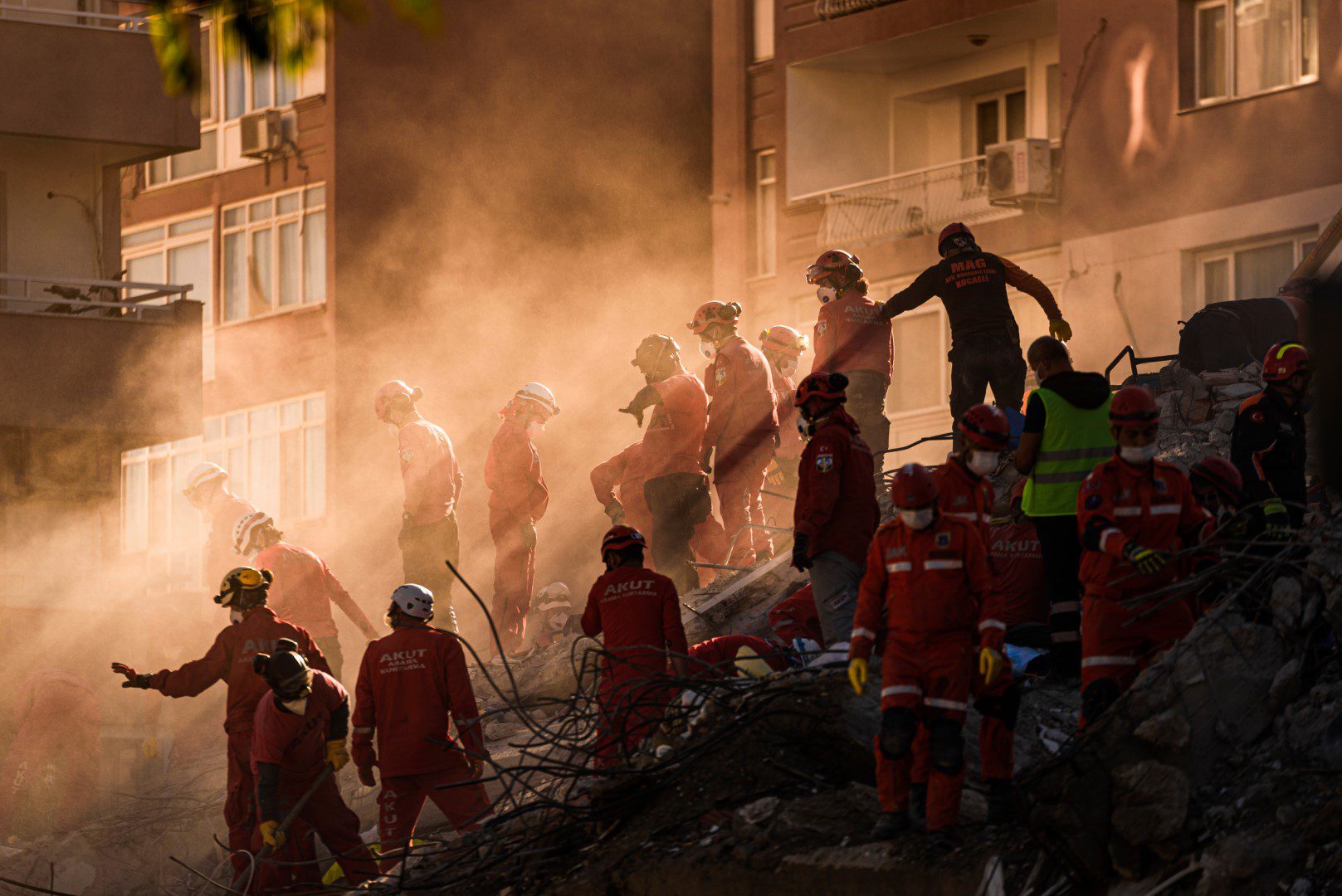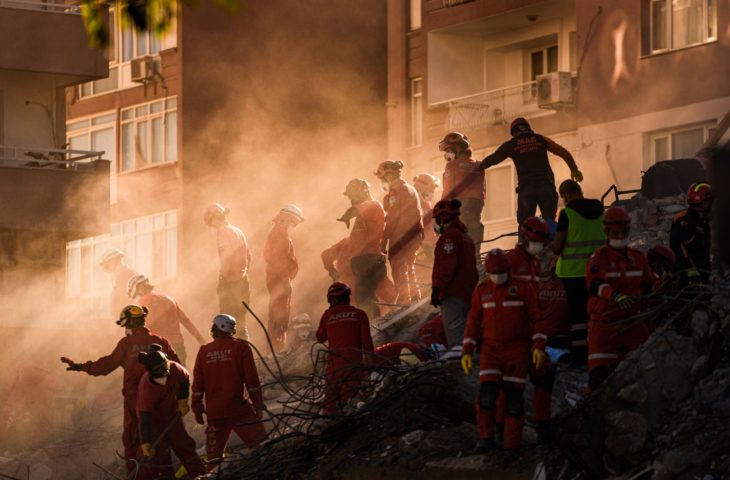Lifesaver: How data can save lives in crisis situations
- March 10, 2023
- 0
In a disaster, every second counts. Data analysis can help to switch quickly in emergency situations and make the right decisions. We examine how data can save lives.
In a disaster, every second counts. Data analysis can help to switch quickly in emergency situations and make the right decisions. We examine how data can save lives.


In a disaster, every second counts. Data analysis can help to switch quickly in emergency situations and make the right decisions. We examine how data can save lives.
On February 6, a catastrophe struck south-eastern Turkey and northern Syria. Two major earthquakes have caused enormous damage and the death toll has already risen to more than 50,000 known victims. A month later, people are still being pulled out from under the rubble every day.
While the full impact of the natural disaster is still unknown, the use of technology might have prevented something even worse. Almost immediately after the quake, drones were sent out to map affected areas, which are more difficult for human rescuers to reach. Analyzing thousands of social media posts should help locate the victims under the rubble.
In emergency situations, data analysis can literally mean the difference between life and death. Ludo Wijckmans, Country Lead Public Sector and Strategy Development at SAS Belux, tells us how data plays a heroic role before, during and after a crisis.
Today, science tries to predict as precisely as possible where and when a natural disaster will occur. This includes the consideration of historical data and current climatological data. If, for example, there is a noticeable amount of precipitation in an area at risk of flooding, the necessary preventive preparations can be made on the basis of the data analysis.
“Preparation is good, but when a disaster happens, it happens. Even if you can predict when a disaster will occur, you cannot prevent it,” says Wijckmans. In the first hours after a disaster, everyone is always on board to collect the necessary data.
“What data is needed depends on the situation, but first it is examined where people from the affected area have landed and whether they are safe and whether the environment is stable enough to send help. This can be based on geographic data, but also social data like social media messages,” he continues.
This initial analysis often involves examining millions of messages, and the reliability of the information can be questionable. In an emergency, however, there is no time to have each message individually read and verified by the human eye. Automated analytics platforms take over this task.
A good example according to Wijckmans is AI for digital reaction, an open source platform for analyzing social media messages from disaster areas. “Thanks to international collaboration and open platforms, the infrastructure is now in place to process and benefit from large amounts of data at high speed. The trick is to get a thousand out of a million posts that say the same thing.”
The next step is to make this data available to aid workers and local authorities. For this it is important that the openness of the platforms is maintained. Wijckmans: “No one has property rights; The data is available to anyone who needs it. It is of course up to politicians to make something out of it.”
During the 2015 Nepal earthquake, data analysis proved useful to support relief efforts, Wijckmans vividly recalls. “There was a structural lack of victim shelters in the country. The International Organization for Migration sought shelter for 45,000 families whose homes had been destroyed by the earthquake. By analyzing decades of trade data, we were able to identify suppliers of building materials that enabled faster construction of shelters.”
Wijckmans concludes that useful lessons can be learned from every disaster for the future. “Data analysis teaches you exactly what is required to predict and mitigate the impact of future crises. Certain areas will always be more prone to disasters; It would be unwise not to learn from what has happened in the past.”
“When everyone comes together, data can be used for great things. It might just be a band-aid on a wooden leg for now, but in the future we’ll be able to respond better and better. Thanks to data analysis, much worse suffering has been prevented in various disaster situations. I think this is a good example of how we can give back to society with data,” concludes Wijckmans.
Source: IT Daily
As an experienced journalist and author, Mary has been reporting on the latest news and trends for over 5 years. With a passion for uncovering the stories behind the headlines, Mary has earned a reputation as a trusted voice in the world of journalism. Her writing style is insightful, engaging and thought-provoking, as she takes a deep dive into the most pressing issues of our time.